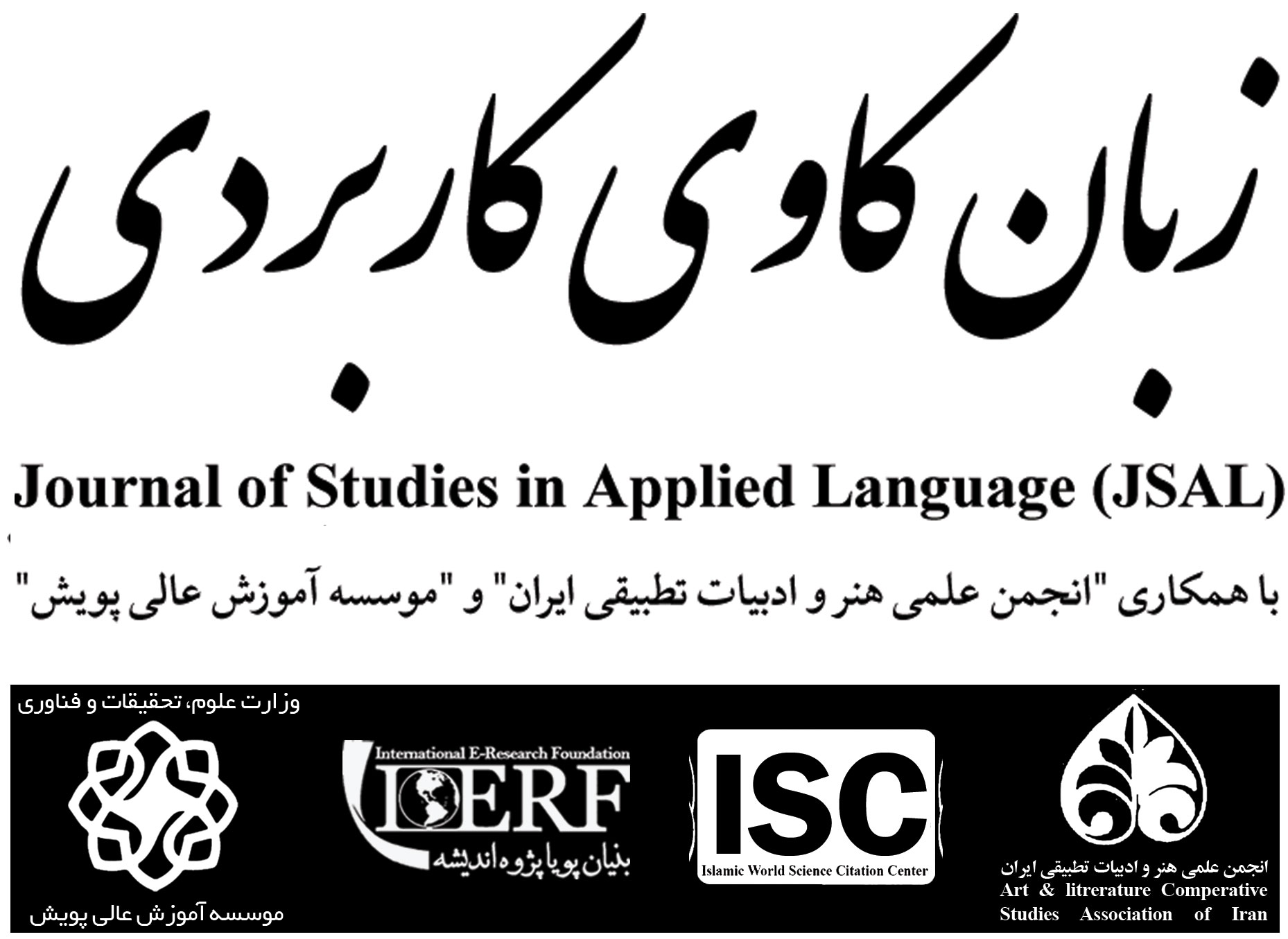Volume 8, Issue 1 (Journal of Studies in Applied Language (JSAL) 2025)
JSAL 2025, 8(1): 53-77 |
Back to browse issues page
Download citation:
BibTeX | RIS | EndNote | Medlars | ProCite | Reference Manager | RefWorks
Send citation to:



BibTeX | RIS | EndNote | Medlars | ProCite | Reference Manager | RefWorks
Send citation to:
Amraei M, Mohammadi Soleimani Y. (2025). Comparative Exploration of the Metaphor of Divine Al-rahmat (Mercy) in Nahj al-Balagha and Al-Sahifa al-Sajjadiyya through Olaf Jäkel’s Cognitive Framework [In Arabic]. JSAL. 8(1), 53-77.
URL: http://jsal.ierf.ir/article-1-172-en.html
URL: http://jsal.ierf.ir/article-1-172-en.html
1- Associate Professor, Department of Arabic Language and Literature, Velayat University, Iranshahr, Iran , m.amraei53@gmail.com
2- Faculty member, Department of History, Faculty of Literature and Humanities, Velayat University, Iranshahr. Iran
2- Faculty member, Department of History, Faculty of Literature and Humanities, Velayat University, Iranshahr. Iran
Abstract: (4606 Views)
Cognitive linguistics, which has developed over the last two centuries, offers robust methodologies for analyzing and elucidating textual content, with conceptual metaphor serving as a prominent approach. Within the framework of conceptual metaphors, numerous concepts—especially those of abstract nature—are structured through metaphorical correspondences and knowledge transfer, thereby conveying an extensive array of ideas to audiences via innovative expressions. This study conducts a comparative analysis of the conceptual metaphor of divine Al-rahmat (Mercy) in Nahj al-Balagha and Al-Sahifa al-Sajjadiyya, utilizing a descriptive-analytical methodology informed by the theories of Lakoff and Johnson, as well as the cognitive principles articulated by Olaf Jäkel. Both Nahj al-Balagha and Al-Sahifa al-Sajjadiyya feature comparable metaphorical constructs. For example, divine Al-rahmat (Mercy) is represented in both works as valuable treasures safeguarded in divine storehouses, which God unlocks for the benefit of His servants during moments of necessity or worthiness, or as spiritual endowments, such as the dispatch of messengers and the revelation of the Quran. Additionally, it is envisioned as rain descending upon the servants or as an expansive vessel or domain that a servant may enter or depart. By employing conceptual metaphors, both texts have unveiled the intellectual world to humanity, rendering profoundly intricate concepts concerning ambiguous and abstract themes in an accessible and concrete linguistic form. The findings of this investigation reveal that the notion of Al-rahmat (Mercy) is conceptualized in a parallel manner in both texts, with the Imam drawing upon diverse physical and contextual domains to make these ideas palpably intelligible. Anthropomorphic similes, such as comparing divine Al-rahmat (Mercy) to a treasure, a house, rain, or rainfall upon servants, are prominent examples. Al-rahmat (Mercy) is further portrayed as a container wherein all components interact dynamically. These metaphorical representations of Al-rahmat (Mercy) in Nahj al-Balagha and Al-Sahifa al-Sajjadiyya also appear in the Holy Quran, suggesting that their ontological metaphors of “Al-rahmat (Mercy)” are derived from the Quranic paradigm.
Keywords: Holy Quran, Nahj al-Balagha, Al-Sahifa al-Sajjadiyya, Conceptual Metaphor, Ontological metaphor, The Notion of Al-rahmat (Mercy), Olaf Jäkel’s Cognitive Framework
Type of Study: Research |
Subject:
Discourse Analysis
Received: 2024/12/13 | Accepted: 2025/02/17 | Published: 2025/03/2
Received: 2024/12/13 | Accepted: 2025/02/17 | Published: 2025/03/2
Send email to the article author
| Rights and permissions | |
 |
This work is licensed under a Creative Commons Attribution-NonCommercial 4.0 International License. |







